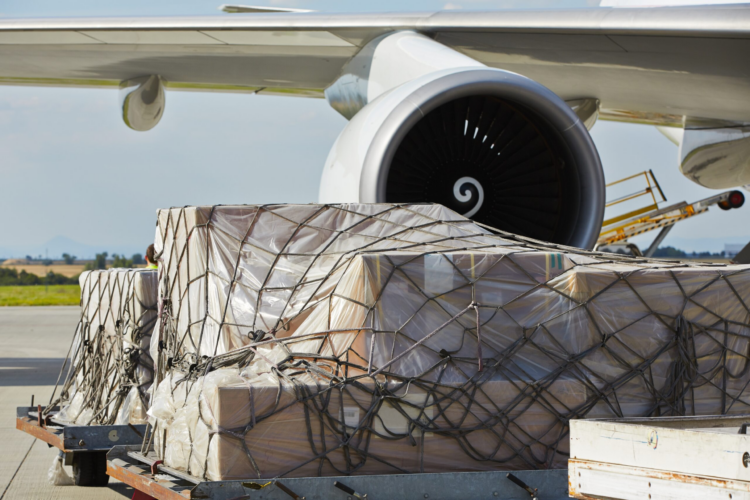Asia Pacific airlines experienced notable growth in November 2024, driven by increasing passenger traffic and air cargo demand, bolstered by strong consumer and business activity. Preliminary figures released by the Association of Asia Pacific Airlines (AAPA) highlight the region’s continued recovery and resilience in the aviation industry.
Passenger Traffic Soars
In November 2024, Asia Pacific carriers collectively transported 31.0 million international passengers, marking a 19.8% year-on-year increase compared to the same month in 2023. This surge in demand was primarily driven by strong long-haul travel, as global travel continues to recover.
Revenue Passenger Kilometres (RPK), a key measure of air travel demand, saw an impressive rise of 21.7% year-on-year. This growth was supported by expanded travel options and enhanced connectivity, particularly for both leisure and business travelers.
The average international passenger load factor, which measures how full flights are, also saw a positive trend, increasing by 2.7 percentage points to 82.0% in November 2024. This improvement came despite a 17.6% increase in available seat capacity, demonstrating airlines’ ability to match supply with growing demand.
Air Cargo Demand Remains Strong
The air cargo sector also saw robust growth in November 2024, fueled by ongoing e-commerce activity and strategic front-loading of export orders ahead of anticipated tariff hikes in the United States. International air cargo demand, measured in Freight Tonne Kilometres (FTK), grew by 10.5% year-on-year, slightly outpacing a 10.0% rise in capacity. This resulted in a modest increase in the average international freight load factor, which rose by 0.2 percentage points to 62.3% for the month.
The strong performance of air cargo was also attributed to challenges in maritime shipping, with businesses increasingly turning to air transport for faster and more reliable solutions for moving goods globally.
AAPA Reflects on Industry Resilience
Commenting on the results, Subhas Menon, Director General of AAPA, stated, “Asia Pacific airlines have led growth in international travel markets this year, benefiting from strong demand for both business and leisure travel. Demand has now fully recovered to pre-pandemic levels.”
For the first eleven months of 2024, the region’s airlines carried a total of 334 million international passengers, a 31% increase compared to the same period in 2023. This significant growth underscores the resilience and adaptability of Asia Pacific airlines in the face of evolving market conditions.
Continued Momentum in Air Cargo
As the year draws to a close, air cargo markets are gaining momentum, with AAPA reporting a 14% year-on-year increase in air cargo demand for the January-November period. Key factors driving this growth include a strong year-end holiday season, persistent challenges in maritime shipping, and anticipated US tariff hikes, which have all contributed to the rising demand for air cargo services.
Looking Ahead: Cautious Optimism
Looking to the future, Menon expressed cautious optimism for the remainder of 2024, noting that while the region’s airlines are poised for continued growth, challenges remain. “Uncertainty about the global economy and supply chain disruptions pose challenges to the region’s carriers. However, Asia Pacific airlines remain well-poised to navigate these challenges while maintaining the highest safety and service standards.”
Key Drivers of Growth
Several factors have contributed to the positive performance of Asia Pacific airlines in November 2024:
- Strong Consumer and Business Demand: The easing of travel restrictions and pent-up demand for both leisure and business travel have been key drivers in the growth of international passenger traffic, particularly in long-haul markets.
- Capacity Expansion: Airlines in the region have strategically expanded both passenger and cargo capacity to match growing demand.
- E-Commerce Growth: The continued rise in e-commerce has been a major contributor to the demand for air cargo services, especially for high-value, time-sensitive goods.
- Proactive Airline Strategies: Carriers have leveraged dynamic pricing, optimized their route networks, and enhanced customer experiences to attract both travelers and shippers.
Challenges on the Horizon
Despite the positive momentum, several challenges could impact the industry’s performance in the coming months:
- Global Economic Uncertainty: Fluctuations in economic growth and shifts in consumer confidence could influence travel and trade volumes.
- Supply Chain Disruptions: Ongoing issues in global supply chains could impact both passenger and cargo operations.
- Rising Operational Costs: Increasing fuel prices and inflationary pressures may affect airline profitability.
Strategic Focus for 2025
To continue driving growth and address potential challenges, Asia Pacific airlines are likely to focus on the following strategic areas in 2025:
- Sustainability Initiatives: Airlines are expected to increase investments in fuel-efficient aircraft and adopt sustainable aviation fuels (SAF) as part of their commitment to environmental responsibility.
- Digital Transformation: Embracing technology to enhance operational efficiency, improve passenger experiences, and streamline cargo logistics.
- Diversification of Revenue Streams: Airlines will explore new markets, develop ancillary services, and forge new partnerships to diversify their revenue sources.
- Operational Flexibility: Maintaining the agility to adapt to changing market conditions and evolving customer preferences.
Conclusion
The November 2024 traffic figures released by the AAPA highlight the Asia Pacific region’s impressive recovery and continued growth across both passenger and cargo sectors. With demand reaching new heights, the region’s airlines are well-positioned to capitalize on future opportunities while addressing the challenges that lie ahead.
As 2024 concludes, Asia Pacific airlines are set to maintain their leadership in the global aviation sector, further solidifying the region’s critical role in connecting economies, fostering tourism, and enabling global trade.





